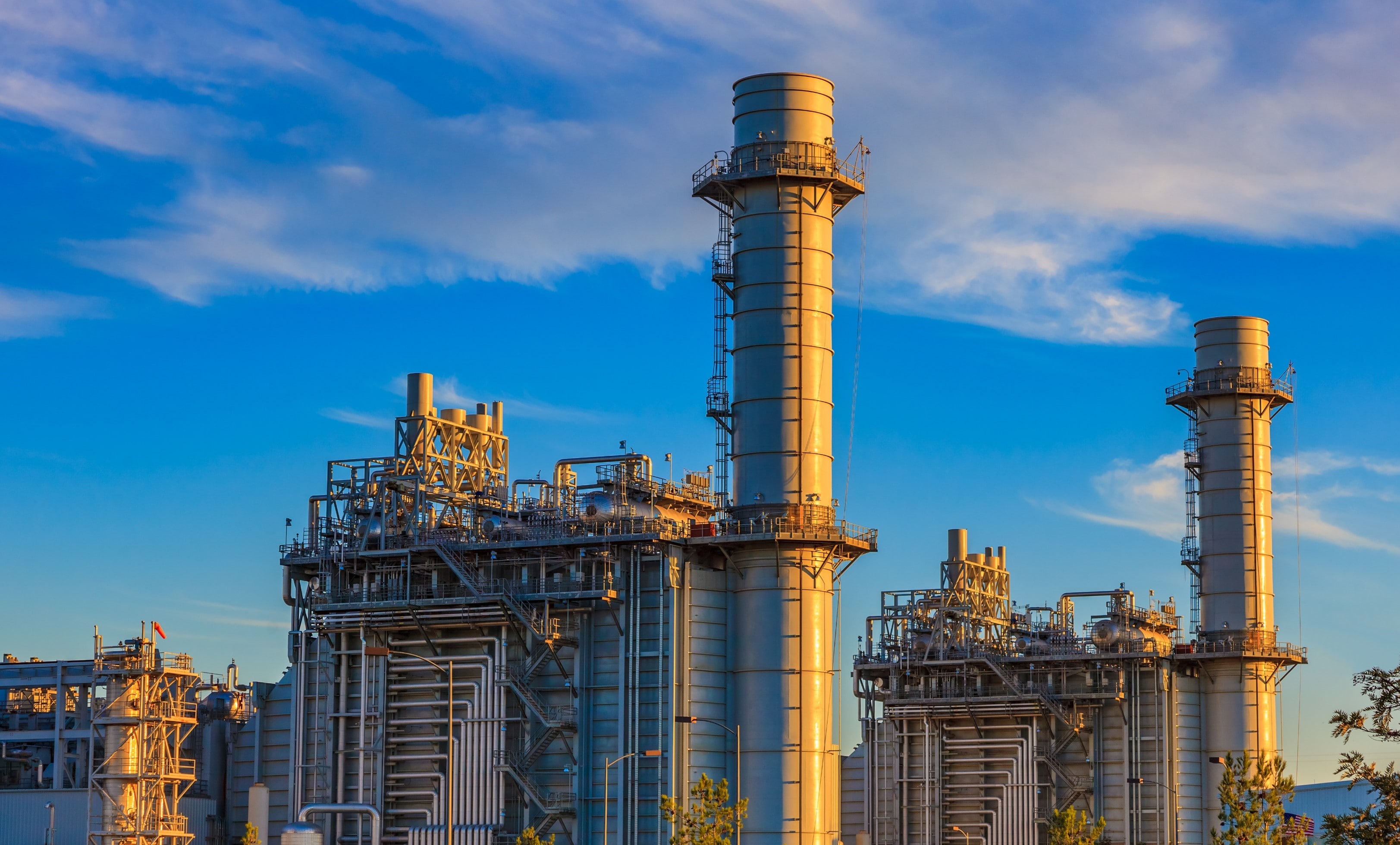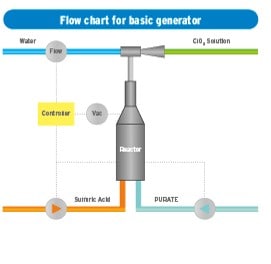Reduce costs and maximize the efficiency of cooling circuits with innovative solutions for microbiological control.

Case Study. PURATE™ technology improves heat transfer and reduces corrosion at a coal-fired power plant in northern Mexico.
Every day, power plants face challenges to reduce resource consumption (fuel, water, man-hours, chemicals, indirect supplies, etc.) while striving to maximize plant reliability and efficiency with fewer maintenance hours, less forced plant shutdowns, improved heat transfer rates, and better utilization of fuel per energy generated, all of which translate into greater profitability for the company.
Among the daily challenges is the control of biofilm fouling that may appear on the surfaces of critical equipment. For example, microbiological contamination in the turbine lubrication oil cooling system, generator cooling circuit and/or surface condenser could cause water temperature increases, overheating of equipment, loss of steam turbine power and millions of dollars in losses for the company.
For this reason, Nalco Water is always at the forefront of helping our customers in the energy industry by developing more effective water treatment technologies for microbiological control, such as the chlorine dioxide generation system PURATE™.
Why is chlorine dioxide a good alternative?
The application of chlorine dioxide in power plant cooling systems is proving to be an alternative solution to chlorine gas and hypochlorite with the following advantages:
- Lower risk of toxic gas leak. Chlorine dioxide generation is local, so there is no toxic gas storage as there is with chlorine gas.
- Chlorine dioxide is a high efficiency disinfectant that achieves better biofilm control results. This improves the vacuum pressure in the surface condenser.
- Better control of marine fauna, which also helps to improve the performance of the condenser and other critical equipment.
- The reaction time of chlorine dioxide is short, which results in a faster rate of disinfection.
- Being 10 times more soluble than chlorine, it gives better results in biofilm control with less use of biological dispersants in cooling towers.
- Less pH-dependent disinfection, which can reduce the acid demand in cooling towers.
- Does not contribute to chloride generation resulting in lower corrosion rates.
- Reduced number of boil-out cleaning in reverse osmosis systems, which helps extend membrane life.
- Reduces the formation of halogenated by-products (trihalomethanes, haloacetic acids), considered carcinogenic.
Does not react with ammonia, resulting in greater stability and lower consumption in systems susceptible to ammonia contamination.
How does PURATE work?
- Chlorine dioxide production with PURATE is done using a patented precursor based on sodium chlorate.
- The sodium chlorate precursor is activated using sulfuric acid.
- The precursor and acid are mixed in a reactor to form chlorine dioxide foam and by-products (sodium sulfate, oxygen and water).
- The reactor operates under vacuum conditions generated by an eductor that is activated by a motive water flow.
- The mixture of chlorine dioxide and by-products is carried in the motive water flow to the point of application.
- The mixing of the precursor and acid is done in-line, allowing the instantaneous generation of chlorine dioxide with a conversion efficiency of 95%.

What advantages does PURATE offer compared to other technologies?
- Lower applied cost
- Higher conversion efficiency
- Readily available raw material
- Two-vessel program, less traffic and chemical handling
- Because it works under vacuum conditions, it is safer to operate
- Less contribution to chloride generation
- PURATE is integral to Nalco Water's digital technologies
If you would like to know more details about this technology, please write to industriallacomms@ecolab.com


